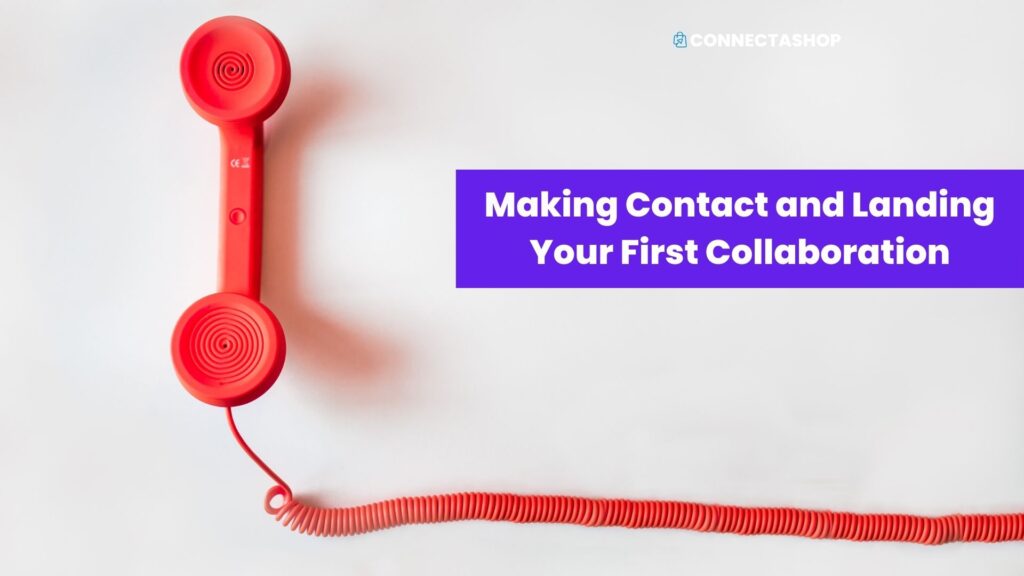We get asked this question a lot! To help understand what the differences are between Wholesaling and Dropshipping, lets have a look at the different types of selling.
Wholesaling
Wholesaling is where a supplier sells their goods or merchandise to retailers in bulk. The retailer purchases inventory up front and holds it in their own facility. The retailer then sells the stock from their facility to the end user.
Pros: Some wholesalers will extend credit to retailers, who can buy the goods now but pay later.
Cons: Retailers need to hold physical stock of items. Items that are perishable or that become superseded can be hard to sell if they are past their use-by dates.
Dropshipping
In dropshipping, a supplier sends products directly to the end purchaser, on behalf of a retailer. The retailer organises the sale, does the marketing, collects the payment and takes responsibility for customer service. The supplier ships the products to their final destination.
Pros: Retailers don’t have to buy stock up front, or hold any physical inventory on site. Wholesalers don’t have to offer extended payment terms or extensive credit to retailers. Wholesalers can get their brands into more channels.
Cons: Retailers can’t easily check the quality of the goods prior to shipping, and need to use suppliers who provide good quality products. Retailers also need suppliers who can provide reliable shipping services.
Who is a Dropshipper?
The word dropshipping is used to describe the activities of both the supplier and the retailer. Both the supplier and the retailer are called “dropshipper”.
On the supply side, the dropshipper is the brand owner and the manufacturer or importer of the products. They are responsible for the design, quality and logistics for the product. They hold physical stock of the product.
On the retailing side, a dropshipper is a person or business that sells the products to customers, consumers and end users. The dropshipper has an online store or other online sales channel. With their online store or channel, they collect payments and shipping information from their customers. They manage customer service, field enquiries and handle returns, complaints and refund processes. They pass orders and shipping information to their suppliers who ship product to their customers for them.
Examples of Dropship Operations
Amazon Marketplace
Amazon sells (almost) everything! They are the best known dropshipping operation in the world.
Some of the items available to purchase on Amazon actually belong to Amazon; they are designed, manufactured, stored and shipped by Amazon. Other items on Amazon belong to third-party sellers. In 2020, about half of all units sold on Amazon were third-party sales. An Amazon third-party seller is a dropshipper. The third-party seller designs, creates and manufactures the products. Third-party sellers can choose to ship the items from their own warehouse (Amazon calls this fulfilled by merchant – FBM) or can pay Amazon to store and ship their products, a process called fulfilled by Amazon – FBA.
The Iconic
Australian fashion marketplace The Iconic is another big dropshipper. They work with thousands of brands, selling clothes and accessories on behalf of their brand partners.
If you have a clothing company, you can arrange to have your clothes listed on The Iconic. The Iconic sells your clothes, takes payment from the customer and send you their order and their shipping details. You send the clothes to the customer. The Iconic then pays you for the clothes, deducting a commission for the sale.
Daisy’s Lip Balm Store
Daisy loves lip balm. She wants to sell lip balm but doesn’t want to deal with manufacturers and or buy for their (huge!) minimum order quantities.
Dropshipping is the perfect business model for Daisy. With dropshipping, she can sell all kinds of lip balm without having to buy large quantities of product upfront. And she doesn’t have to run to the post office every time she sells a product.
Daisy asks her favourite brands if she can sell their products and if they will dropship for her. They agree to prices and terms. When Daisy sells a product, she sends the customer’s shipping information to the brand owner who posts the product to the customer for her. Daisy pays the brand owner for the product and handling costs at a previously agreed price.
Daisy never has to leave her couch!
Learn More
If you are a wholesaler and want to start dropshipping, click here to learn how we can automate your processes and make dropshipping fast and easy.
If you want to start a dropship store and sell fabulous brands to your customers (without leaving your couch), we can get your Shopify store connected to your wholesalers in a few simple steps. To learn how, click here.





